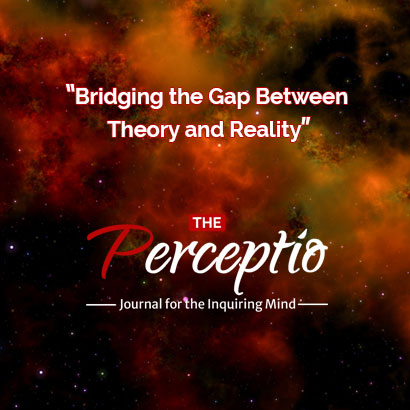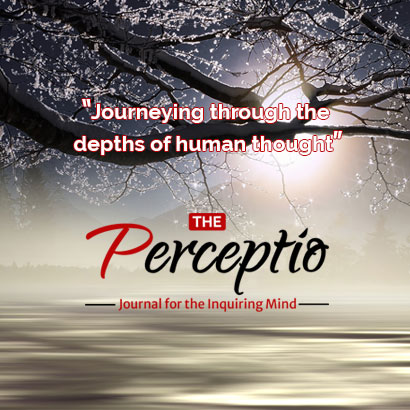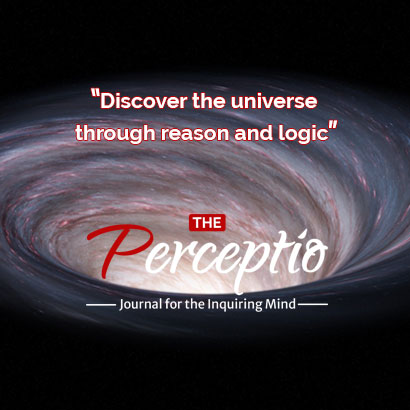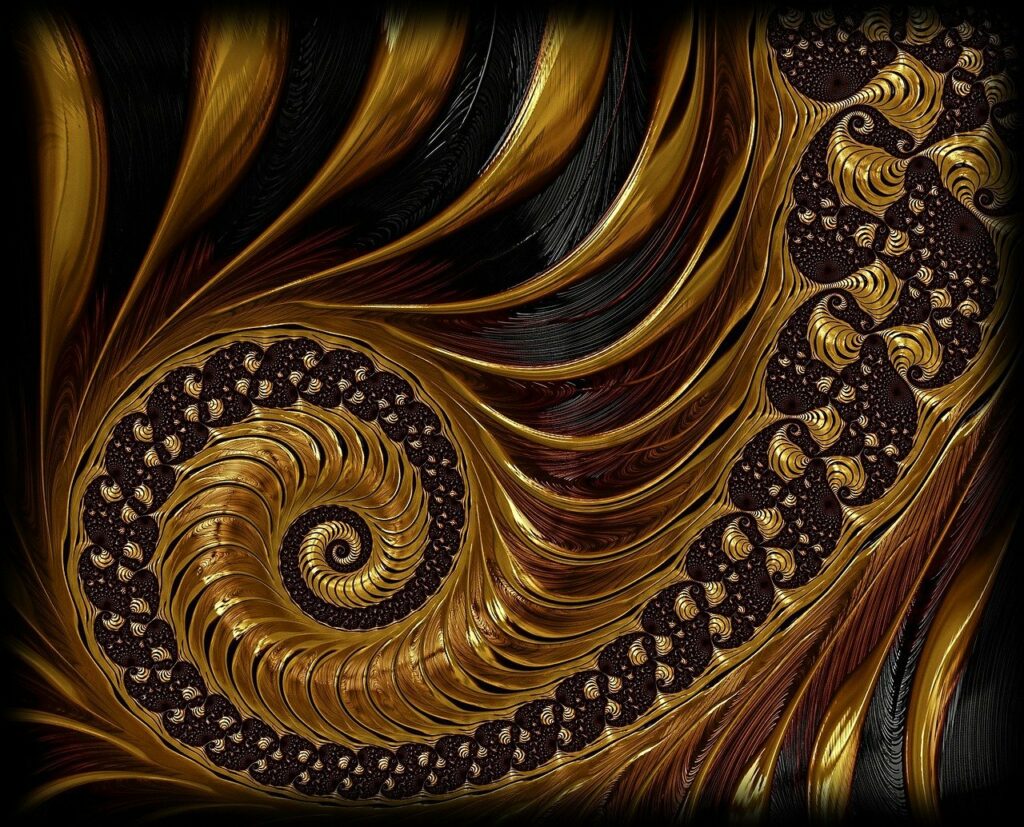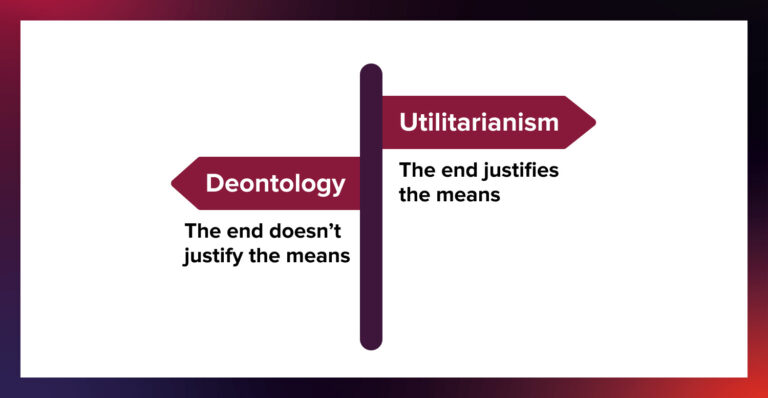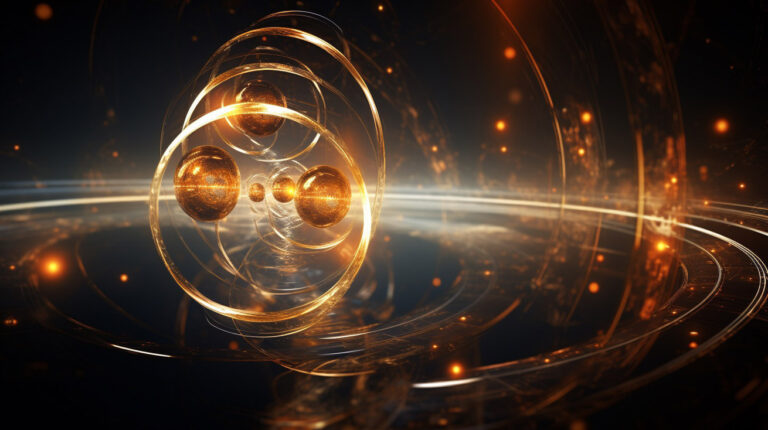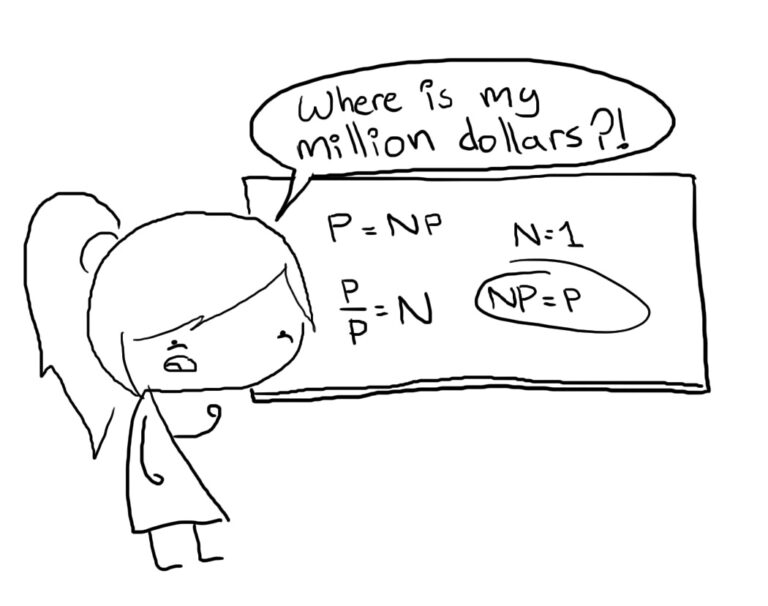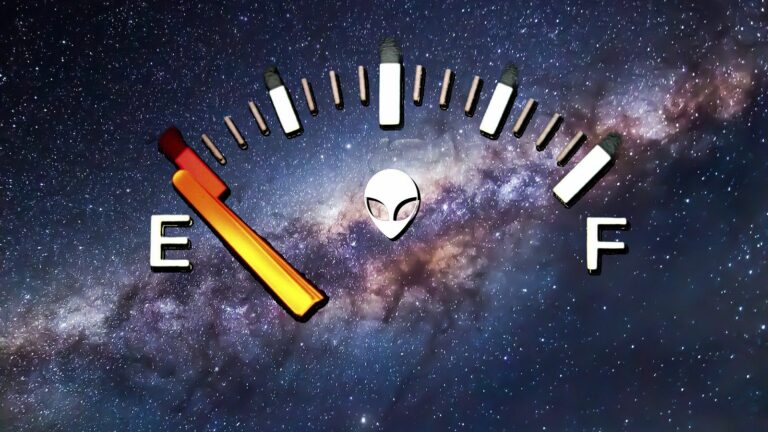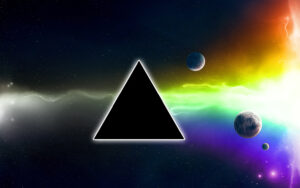Do you ever find yourself lost in thought, captivated by the intricate patterns in a snowflake or the graceful curves of a seashell? Nature has a way of weaving mesmerizing patterns, and one of its most captivating secrets lies in the magic of fractals. Buckle up as we embark on a fascinating journey into the realm of fractals, where mathematics meets art, and discover the hidden beauty behind the chaos.
What Are Fractals?
Fractals, in the simplest terms, are complex geometric shapes that repeat infinitely at every scale. These captivating patterns can be found in nature, art, and even within the depths of our own bodies. The word “fractal” comes from the Latin word “fractus,” meaning broken or fractured. Mathematicians and artists alike have been enamored by these infinite shapes, which reveal their intricate details regardless of how much you zoom in.
Magic of Fractals in Nature
Nature, the ultimate artist, boasts an array of fractal patterns. From the branching of trees to the veins in leaves, the jagged coastlines to the formation of clouds, fractals are ubiquitous. Have you ever marveled at the similarity between the branching patterns of a river and the blood vessels in your body? Nature effortlessly weaves these patterns, hinting at the underlying mathematical elegance governing the universe: the magic of fractals.
Mathematics Behind Fractals
Fractals are not just visually stimulating; they are the result of complex mathematical equations. One of the most famous fractals, the Mandelbrot Set, is derived from a deceptively simple equation:

Iterating this equation and plotting the results on a complex plane unveil the breathtaking complexity of the Mandelbrot Set. The interplay of numbers creates intricate, self-repeating patterns that extend infinitely, captivating mathematicians and enthusiasts alike.
Magic of Fractals in Art
The marriage of mathematics and art gives birth to mesmerizing magic of fractal art. Artists harness the power of computer algorithms to create stunning visual representations of the magic of fractals. These artworks, often characterized by vibrant colors and intricate details, evoke a sense of wonder and awe. Fractal art is not just a visual feast; it’s a testament to the creative potential of mathematical concepts.
Magic of Fractals in Popular Culture
Fractals have permeated popular culture, making appearances in movies, music, and literature. Films like “The Matrix” use fractal-like imagery to depict the complexity of the virtual world. Musicians, inspired by the infinite nature of fractals, compose melodies and rhythms that echo their mesmerizing patterns. Fractals have also found their way into literature, where authors use them as metaphors for the complexity of human emotions and relationships.
The Mind-Blowing Concept of Self-Similarity
One of the most intriguing aspects of fractals is self-similarity. This means that a fractal pattern repeats itself infinitely, regardless of how much you zoom in. Imagine a snowflake; as you magnify its structure, you’ll notice smaller snowflakes that resemble the larger one. This recursive nature of fractals gives them a sense of infinite intricacy, leaving observers in a state of perpetual fascination.
Fractals in the Digital Age
In the age of technology, the magic of fractals find applications beyond art and mathematics. They are used in computer graphics to create realistic landscapes, generate natural-looking textures, and simulate intricate organic forms. Fractal algorithms are employed in compression techniques, enabling the efficient storage and transmission of digital images and videos. Fractals have become indispensable tools, shaping the digital world we interact with every day.
Conclusion
Fractals, with their infinite complexity and self-repeating patterns, invite us to explore the boundless wonders of mathematics and nature. They challenge our perception of reality and inspire creativity in ways we never imagined. As you delve into the mesmerizing magic of fractals, remember that the beauty of these infinite shapes lies not only in their mathematical elegance but also in their ability to evoke a sense of awe and wonder. So, the next time you gaze at a coastline, contemplate a seashell, or marvel at a thunderstorm, take a moment to appreciate the hidden fractal patterns that surround you, and let the infinite beauty of the universe leave a lasting impression on your mind.
For more posts on mathematics, visit: Mathematics Posts.
For an interactive session on Fractals, check out Mathigon’s Fractals.
